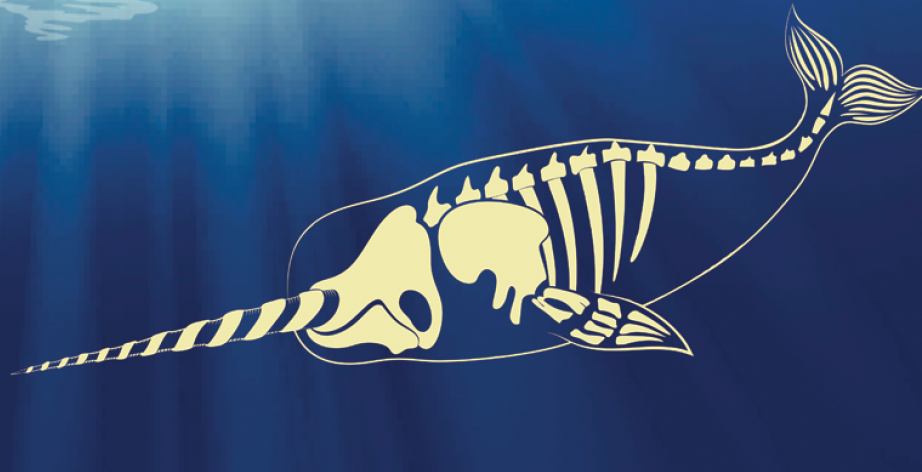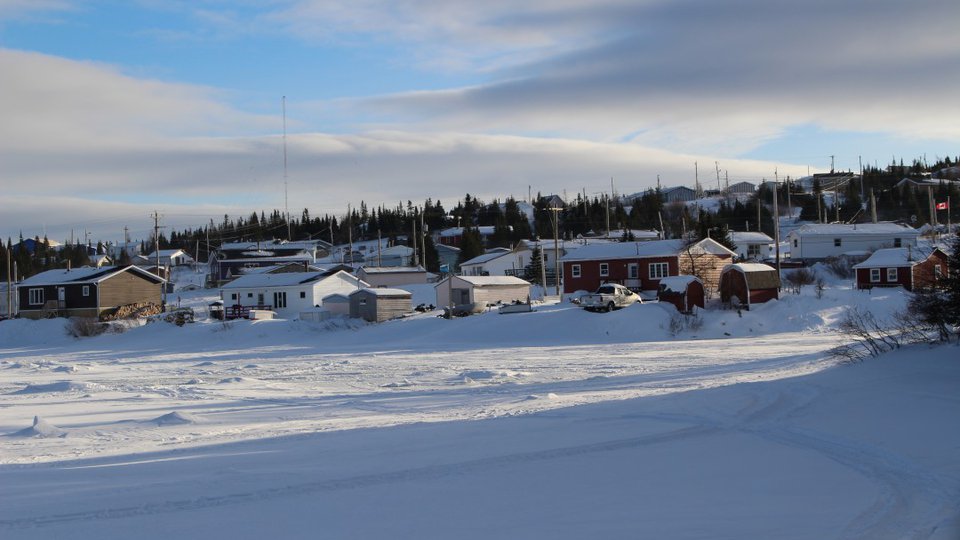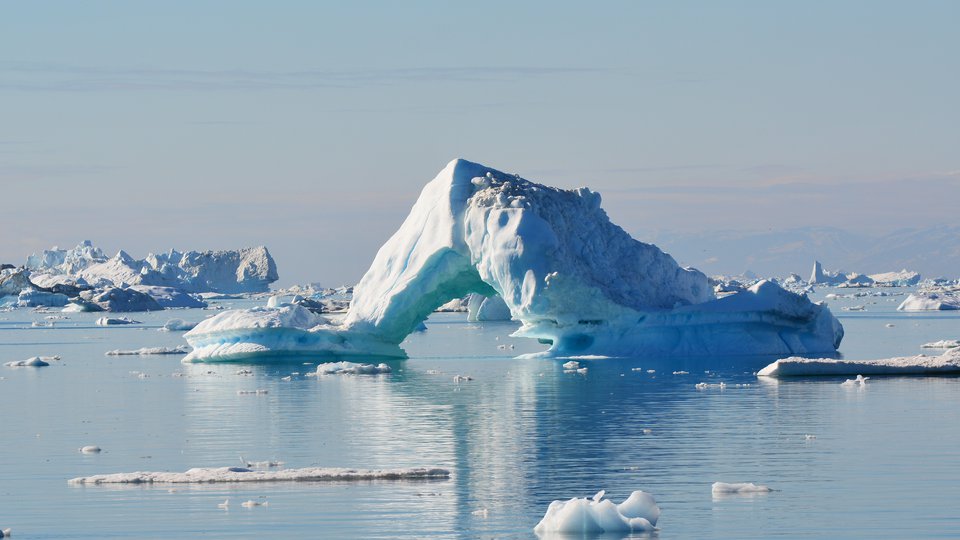
owhere has seen a more drastic and rapid environmental change than the Arctic because of global warming. Yet, it's still difficult to determine exactly what this warming means. “One of the major issues surrounding our ability to understand the nature and consequences of this warming is the fact that we don't have many good long-term records,” says Paul Szpak, Canada Research Chair in Environmental Archaeology and Assistant Professor in the Department of Anthropology at Trent University.
That's why Szpak wants to reconstruct past marine ecosystems in the Canadian Arctic. By doing so, he can provide an archaeological record to act as a baseline for comparison against what is happening today. Through chemical analyses of animal remains found at archaeological sites, “we can better understand how ancient ecosystems functioned and how they may have changed through time — due to anthropogenic (human) impacts or natural processes such as climate change,” he explains.
With new CFI funding, Szpak and his team can extract and purify certain molecules found in bones and teeth, and analyze the stable isotope composition of these molecules using cutting-edge techniques such as compound-specific isotope ratio mass spectrometry. “These stable isotopes act as ‘natural tracers’ that allow us to piece together what the environment was like, providing us with an opportunity to extend detailed records back many centuries or even millennia,” he affirms.
By uncovering our past, we can capture a long-term perspective and gain incredible insights for the present and the future. “When discussing changes being observed in the Arctic today, the results we obtain from archaeological sites can put us in a better position to assess whether or not these changes are truly unprecedented or have they happened before?” explains Szpak. “If they did happen before, what were the consequences for past human and animal populations?” The answers to such questions will help devise effective management strategies for marine ecosystems moving forward.
This article was originally published by the Canada Foundation for Innovation.





